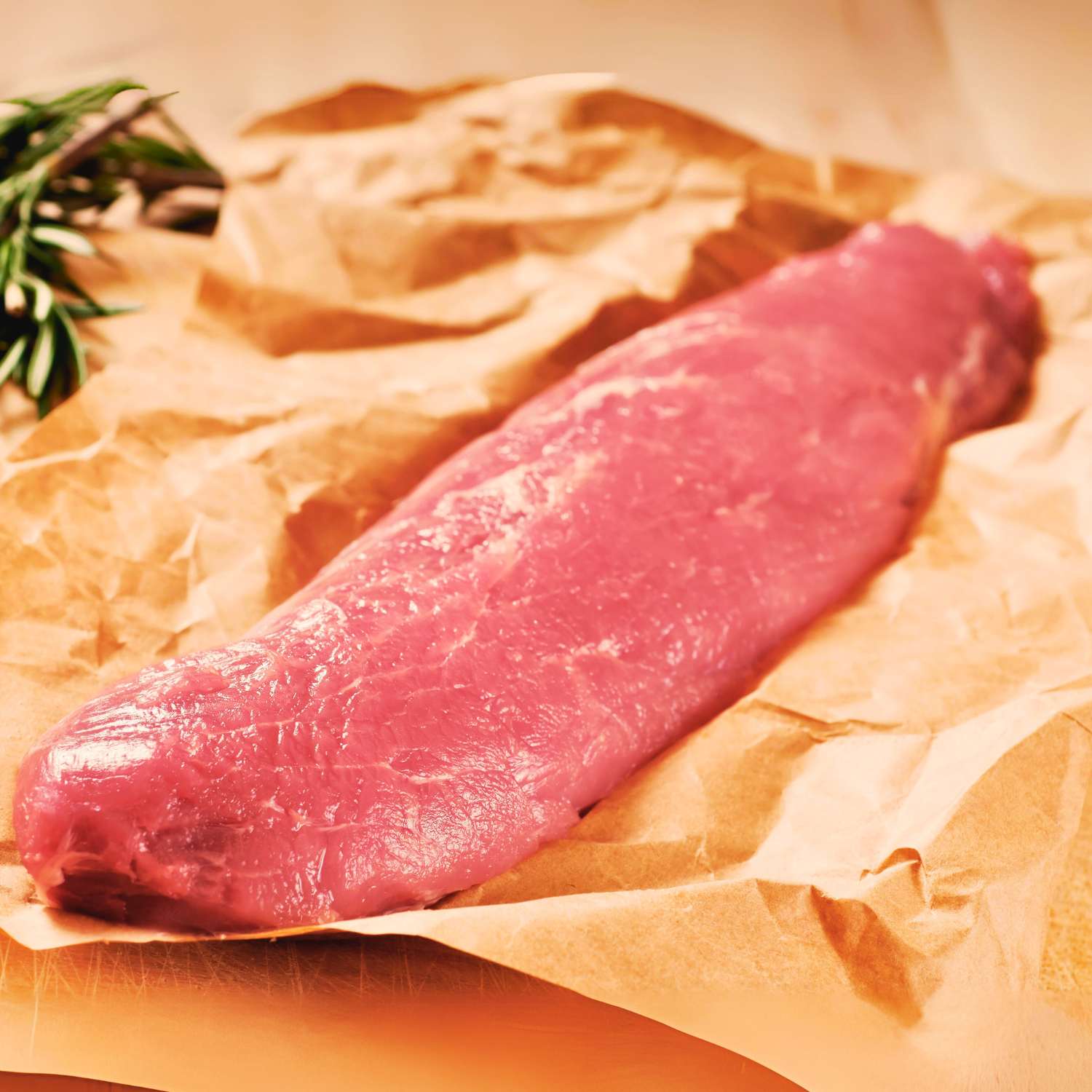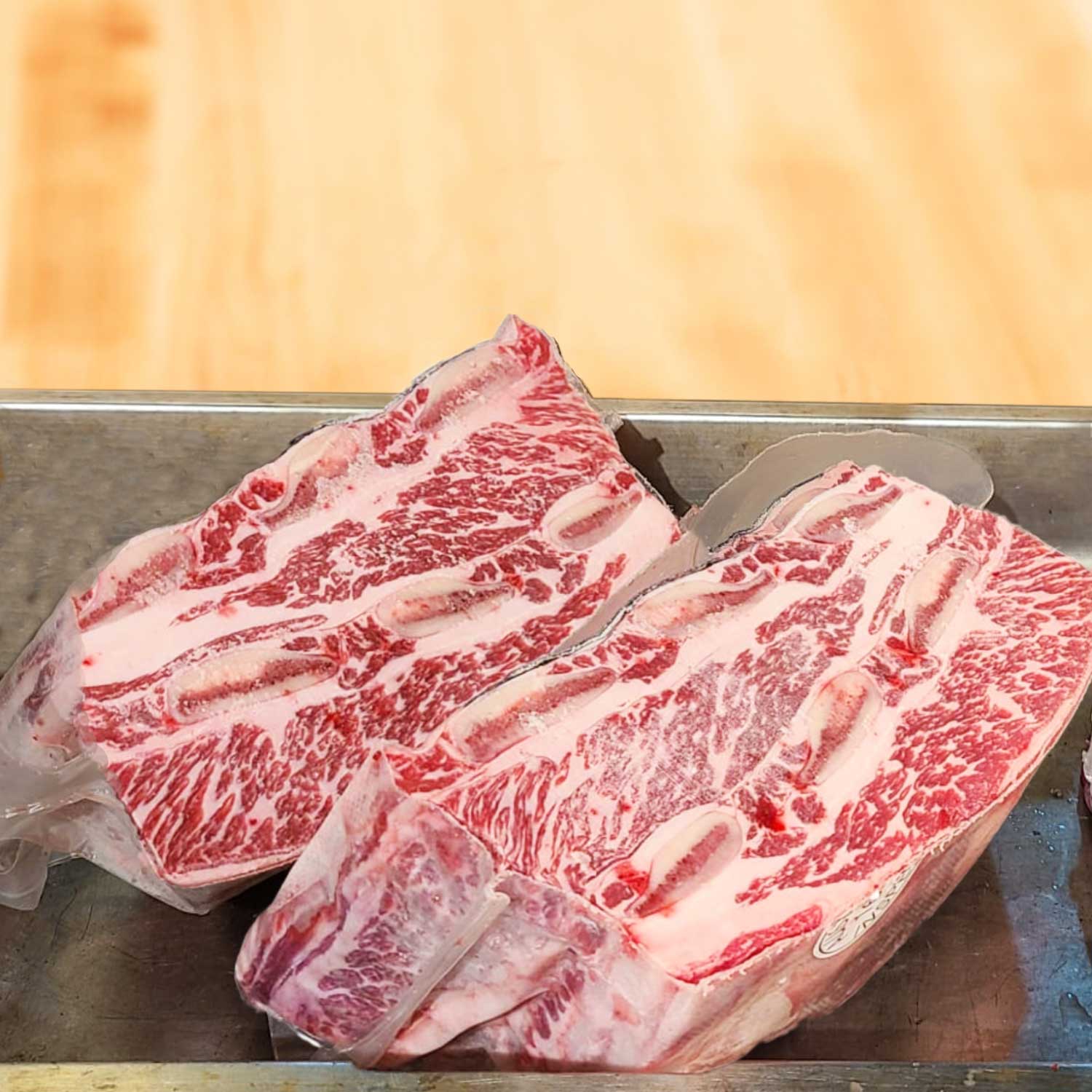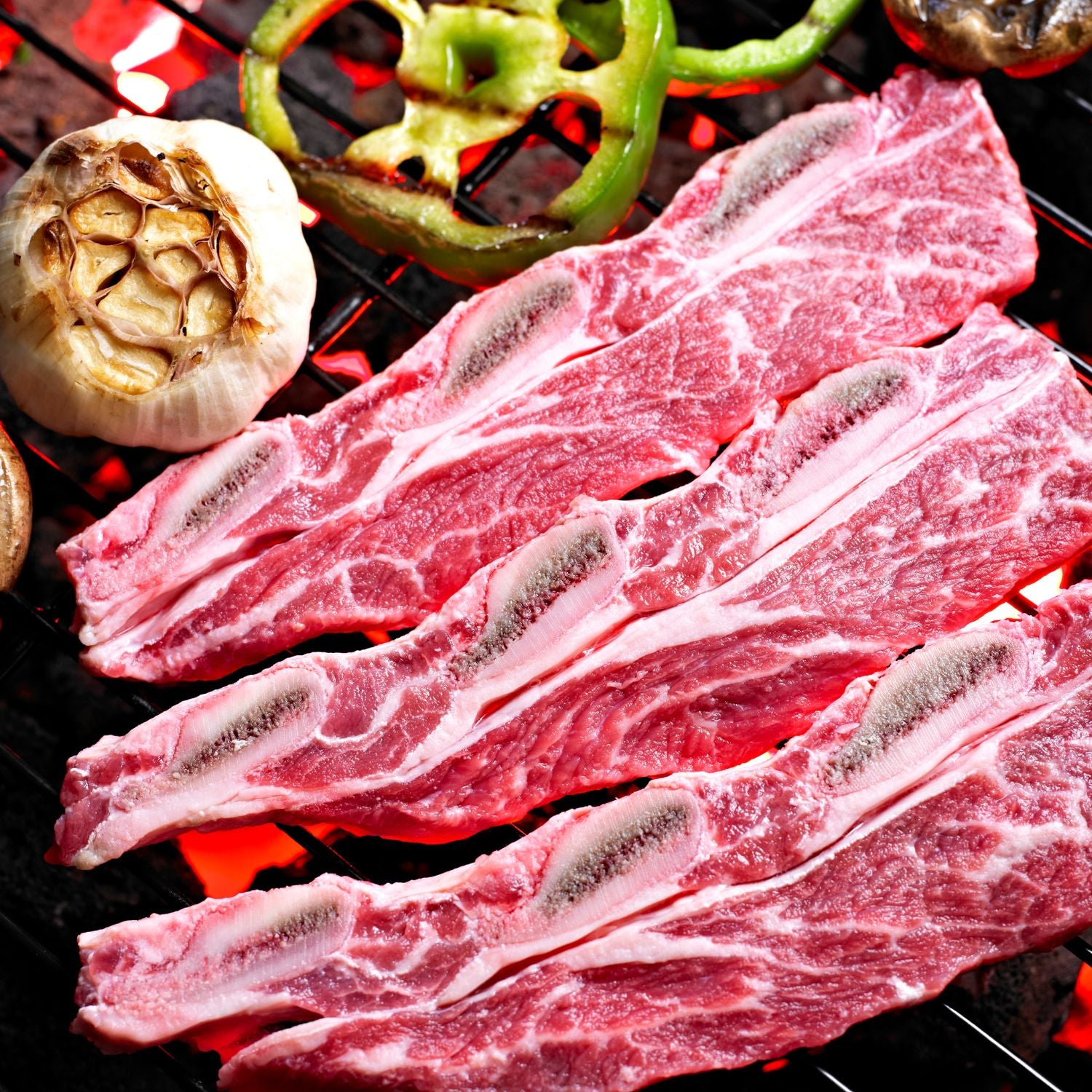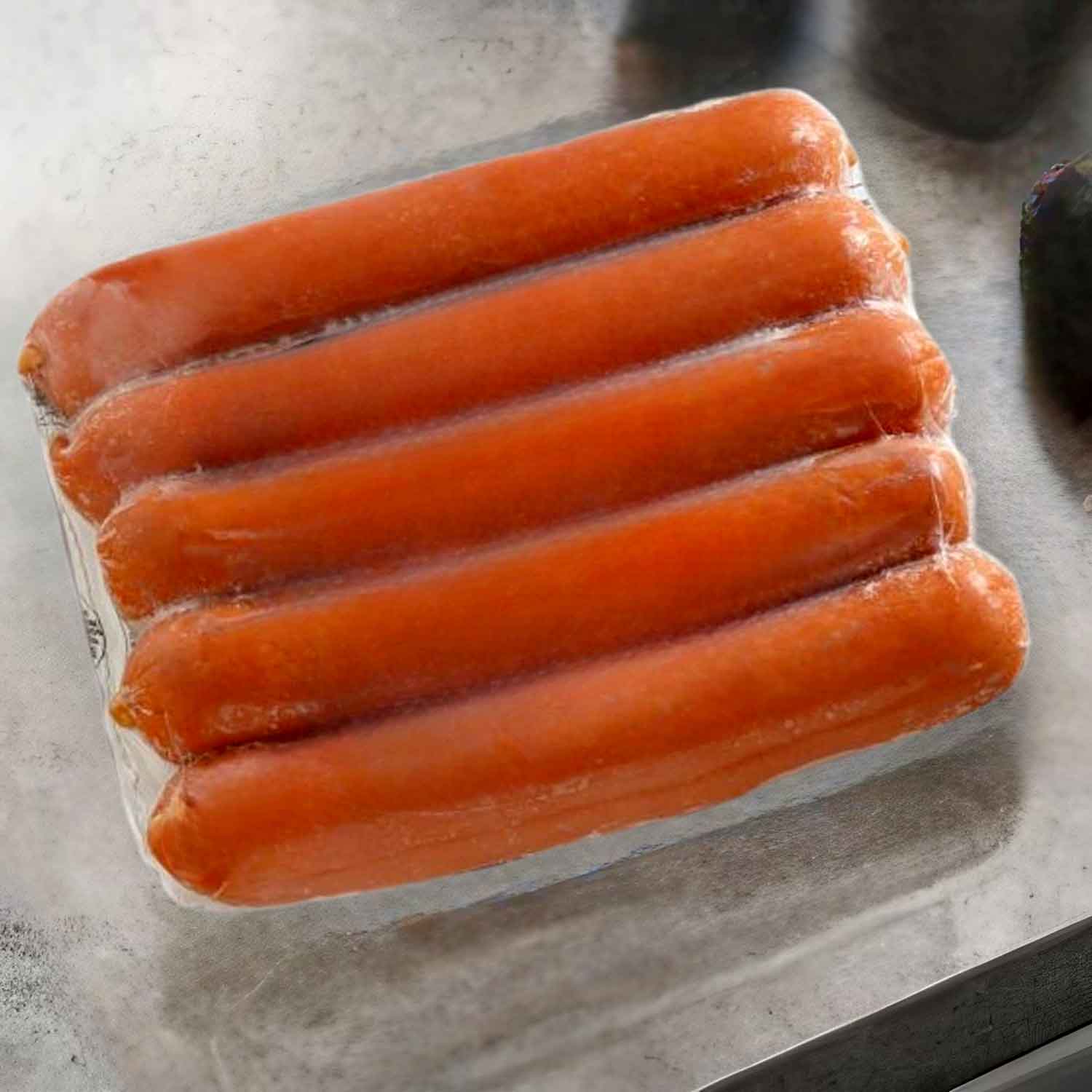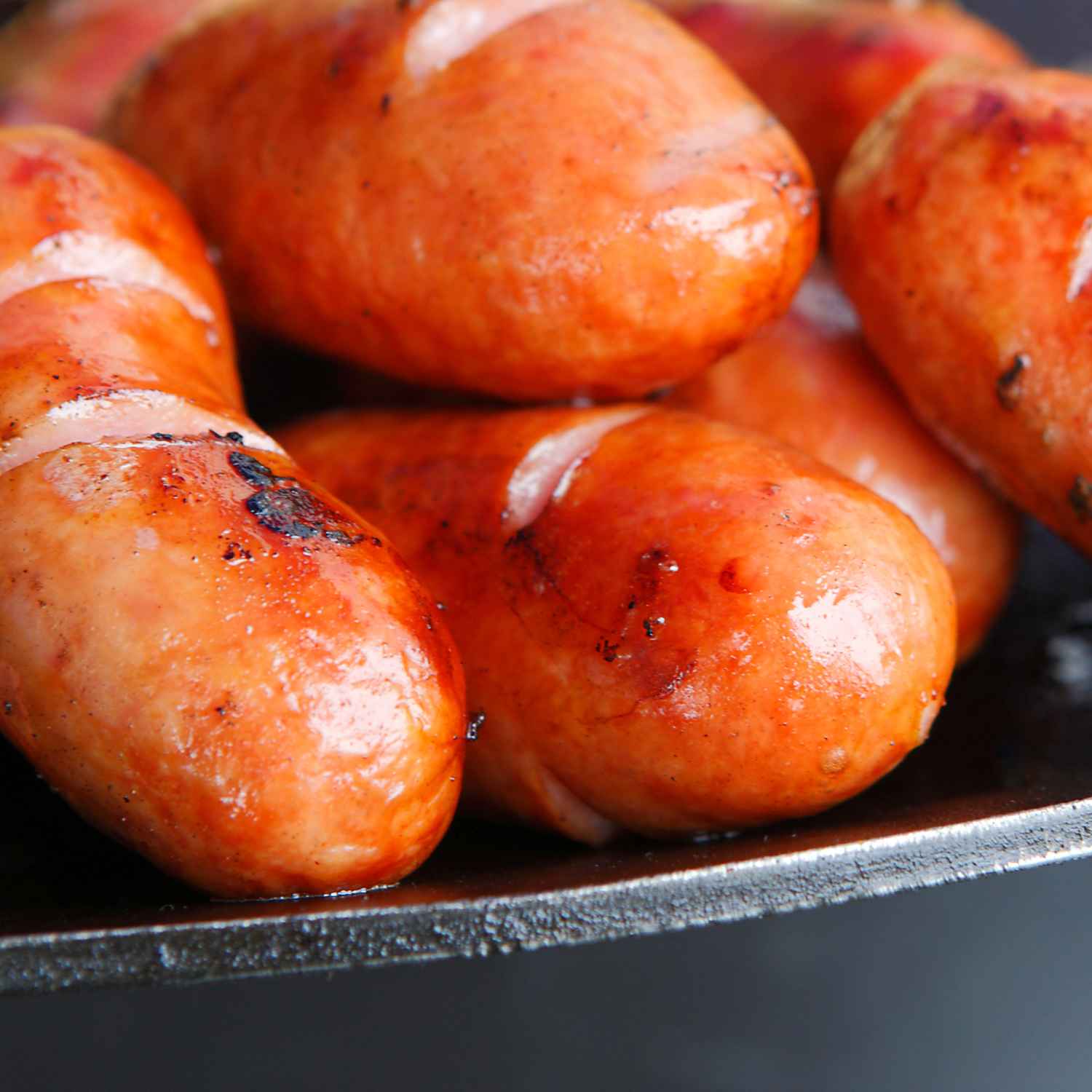The Essentials of Selecting Premium Steak Cuts
Understanding the Origins and Quality of Chinese Beef
When picking top-notch steaks in China, it's vital to grasp the beef's roots. Chinese cattle breeds often differ in muscle structure and fat content compared to Western varieties. This results in unique textures and flavors. To ensure quality, check for regulated labels, like 'Grass-fed' or location-specific certifications. These indicate adherence to high standards in raising and feeding stock. Transparency in the cattle's diet and living conditions can also impact beef quality. A diet including grains or specific grass can enhance the beef's taste and texture. So, for the best experience, pay close attention to these details before purchasing.

Comparing Cutting Techniques: Traditional vs. Modern Methods
When selecting steak cuts, the method used to cut the beef matters. Traditional methods often involve hand-cutting with attention to detail. Modern techniques use advanced machinery for speed and precision. Both aim for the ideal steak thickness and shape. Yet, each method influences the meat's texture. For steak lovers, knowing these techniques ensures a better dining experience. Choosing between traditional and modern can also affect how the steak cooks and tastes.
The Role of Marbling in Steak Texture and Flavor
Marbling, the white flecks in steak, is key for a juicy bite. It melts and adds flavor when cooked. Quality steaks from China often have good marbling. This boosts both taste and texture. For steak lovers, marbling is a sign of a top-notch cut. Choose cuts with even marbling for the best experience. Ribeye from China often has rich marbling. This makes for a tender and flavorful meal.
Ribeye, Sirloin, and Tenderloin: Unpacking the Chinese Cuts
The Ribeye: What Makes It the King of Steaks?
The ribeye is often seen as the king of steaks, and for good reason. This succulent cut, known for its rich marbling, comes from the rib section of the cow, providing a perfect blend of flavor and tenderness. Its marbling is key, melting during cooking to infuse the beef with juiciness. Loved by chefs and home cooks, the ribeye's generous fat cap not only adds to the taste but also helps keep the meat moist. Whether you're grilling, pan-searing, or roasting, ribeye delivers exceptional results. Its versatility and remarkable taste make it a top pick for steak enthusiasts in China and around the world.
Sirloin and Tenderloin: Balancing Flavor and Texture
Sirloin and tenderloin offer distinct dining experiences. The sirloin boasts a robust flavor, catered to those who enjoy a meatier taste and a firmer texture. It combines marbling and a lean cut, providing a balanced steak option. On the other hand, the tenderloin is celebrated for its buttery texture. It is one of the most tender cuts, with a subtle flavor that makes it a favorite for delicate palates. When comparing sirloin to tenderloin, consider the desired balance of taste and texture for your meal.
Unique Chinese Cuts: Exploring the Flavor Profile
In China, steak lovers may find unique cuts that differ from Western standards. These cuts, often inspired by traditional Chinese butchering methods, offer distinct textures and tastes. Exploring these can be a culinary adventure. Some of the notable Chinese steak cuts include the 'jian bing', which is similar to flank steak. Another cut is 'shuang fei', often compared to the brisket. It's perfect for slow cooking. Discovering these special cuts means savoring new aspects of beef not found in typical steakhouse menus.
From the Grill to the Table: Expert Tips for Cooking Chinese Steak Cuts
The Best Grilling Techniques for Premium Steaks
- Preheat your grill to the right temperature. This ensures a good sear.
- Dry your steak before seasoning. This helps create a crust.
- Use high heat for a quick sear. Then, move to lower heat.
- Flip the steak only once. This prevents toughening the meat.
- Use a meat thermometer. Aim for the perfect internal temp.
- Rest the steak after grilling. This allows juices to distribute.
- Avoid using forks to flip. Tongs prevent juice loss.
- Use rosemary. It adds aroma when grilling over charcoal.
Pairing Chinese Steak Cuts with the Perfect Wine
Pairing wine with Chinese steak cuts brings out their best flavors. Red wines often match well. Full-bodied choices like Cabernet Sauvignon enhance ribeye’s richness. For sirloin, a Merlot gives a softer touch. Tenderloin’s lean taste pairs well with Pinot Noir. Remember, the wine should complement, not overpower the steak. When in doubt, local Chinese wines can be a perfect match. They are crafted to pair with local flavors. Enjoy the blend of East and West on your palate.
Serving Chinese Steak Cuts: Tips for Presentation and Plating
When serving Chinese steak cuts, presentation is key. Here's how to make a great impression:
- Use a Warm Plate: Keep the steak tender by serving it on a warm plate.
- Garnish Wisely: Use simple garnishes like fresh herbs or a sprinkle of salt.
- Clean Cut: Slice the steak neatly to showcase its perfectly cooked interior.
- Sauce on the Side: Offer sauces separately so guests can control the flavor.
- Contrast Textures: Pair with crispy vegetables or a light salad for balance.
These tips will ensure your steaks not only taste great but also look irresistible on the table.















